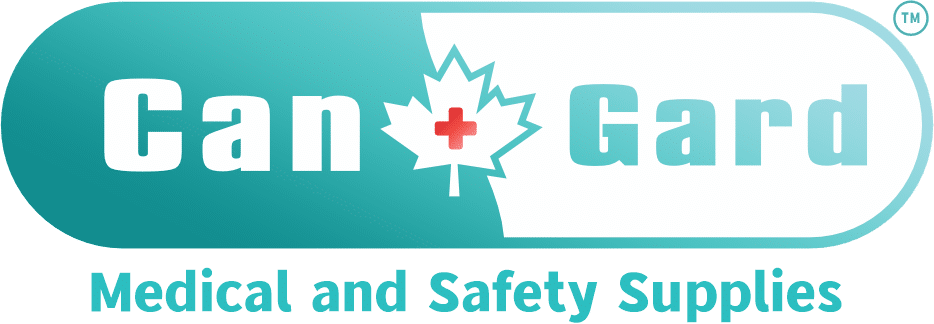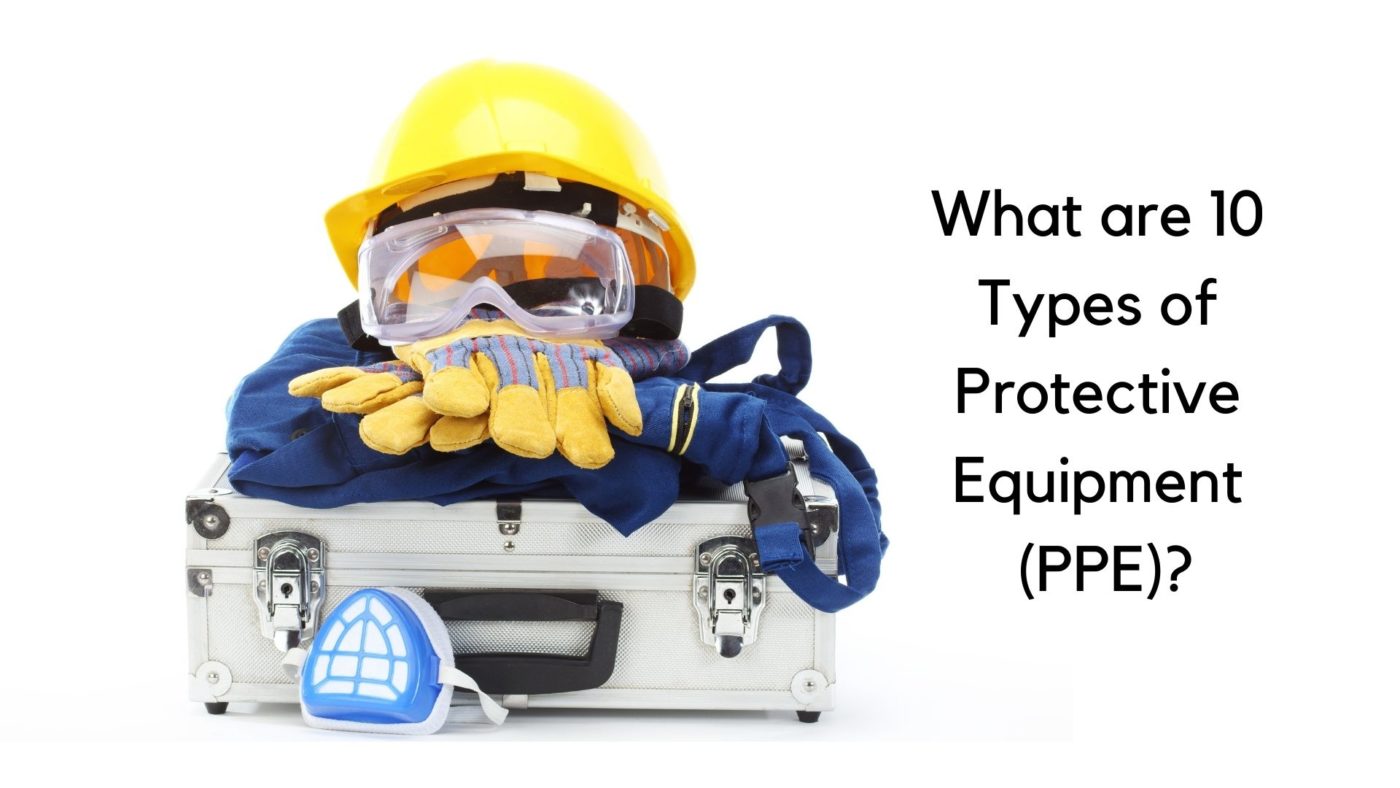First Aid/PPE
What are 10 Types of Protective Equipment (PPE)?
Personal protective equipment (PPE) is a term that refers to a group of gear designed specifically to keep the user from specific environmental hazards. PPE is often found amongst medical and dental supplies as well as any industry requiring protection against harmful fluids or bacteria. Different types of personal protective equipment serve different functions. On the basis of protection provided, PPE can be classified as follows:
1. Head Protection
Head protection gear comprises helmets, hard hats, bump caps, guards, and accessories. They help prevent any damage to the head in the workplace environment due to a falling or swinging object. They also protect the user from knocking off the head against stationary objects. Caps and hairnets function to protect against scalping on machinery and entanglement as well.
2. Hand Protection
Arms, hands, and fingers are particularly prone to injury at workplaces and home. They are frequently subjected to heat, cold, vibration, cuts, burns, and chemical and bacterial contamination. Hand protection ensures the safety of hands by acting as a barrier against the risks mentioned above.
3. Eye Protection
The eye protection options are vast and include safety glasses and goggles, eye shields, eyewear accessories, over specs, and visors. Although the eye is protected naturally by its genetic mechanisms, it is still quite vulnerable to trauma because of definite and direct exposure to the working environment. Eye injury may range from simple conjunctivitis to corneal involvement, sometimes even leading to blindness. The eye, therefore, needs additional protection, which is best provided by specialized eye protection equipment.
4. Face Protection
Facial injuries are commonly seen in traffic collisions and occupational accidents. Wearing an appropriate PPE decreases the risk of such hazards. Additionally, in the wake of the COVID-19 pandemic, face protection is essential to avoid the further spread of the virus.
5. Respiratory Protection
Respiratory protection, as the name indicates, protects airways and respiratory organs. It includes breathing apparatus, full-face respirators, face masks, protective hoods, powered respirators, detectors, monitors, etc. It helps protect against gases, vapors, dust powders, and environmental pathogens.
6. Hearing Protection
Earplugs and defenders, noise meters, communications sets, and acoustic foam are some examples of hearing protection. They are recommended to be worn by people who work in a high sound level environment. The appropriate hearing protection not only provides safety but is also hygienic and comfortable for the user.
7. Foot Protection
Construction activities, manual handling of heavy objects, and jobs requiring working in extremely hot or cold temperatures and with chemicals often result in trauma to the feet or legs. Foot protection helps prevent hazards such as extreme temperatures, piercing, crushing, cutting, slipping, and chemical and electrical damage exposed to by these jobs.
8. Body Protection
The body protection is provided by life jackets, high-visibility clothing, specific weather clothing, and harnesses, etc. This type of PPE is designed to protect the body from weather conditions in outdoor jobs, entanglement, drowning, extreme temperatures, and chemical contamination.
9. Skin Protection
Skin is the largest organ of the body and is most exposed to ecological hazards, whether at work or home. The skin can be protected from various environmental insults by wearing an appropriate PPE such nitrile gloves.
10. Height and Access Protection
This type of PPE is useful for those working at heights. Specific training is required before it can be effectively used. Examples of this type of PPE are fall arrest system, body harness, rescue lifting, etc.

